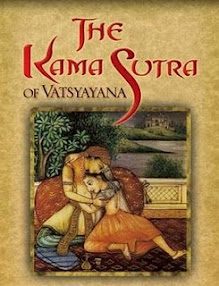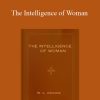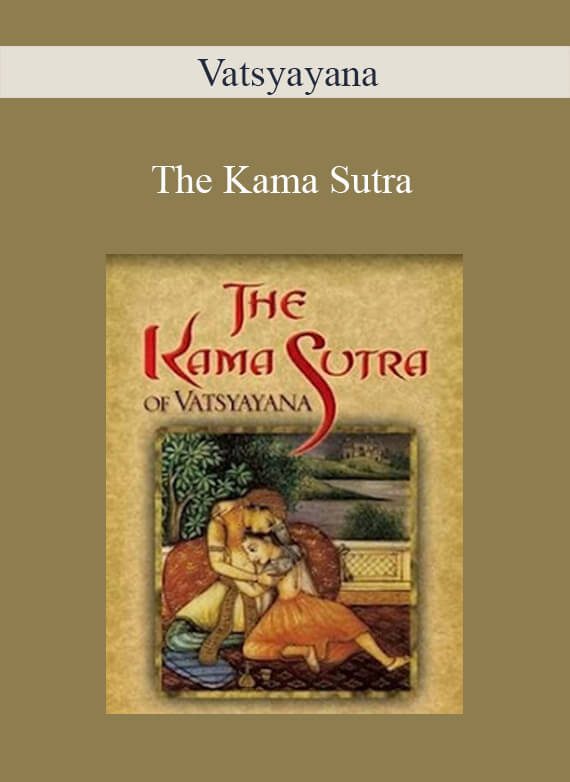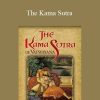Vatsyayana – The Kama Sutra
$12.00
Digital Download: You will receive a download link via your order email
Should you have any questions, please contact us: support@imclibrary.com
 Vatsyayana – The Kama Sutra
Vatsyayana – The Kama Sutra
The Kama Sutra is an ancient Indian Hindu text widely considered to be the standard work on human sexual behavior in Sanskrit literature written by Mallanaga Vatsyayana. A portion of the work consists of practical advice on sexual intercourse. The Kama Sutra is largely in prose, with many inserted anustubh poetry verses. “Kama” means sensual or sexual pleasure, and “sutra” literally means a thread or line that holds things together, and more metaphorically refers to an aphorism (or line, rule, formula), or a collection of such aphorisms in the form of a manual. The modern English word “suture” is derived from the same root.
The Kama Sutra is the oldest and most notable of a group of texts known generically as Kama Shastra (Sanskrit: Kama Sastra). Traditionally, the first transmission of Kama Shastra or “Discipline of Kama” is attributed to Nandi the sacred bull, Shiva’s doorkeeper, who was moved to sacred utterance by overhearing the lovemaking of the god and his wife Parvati and later recorded his utterances for the benefit of mankind.
Historian John Keay says that the Kama Sutra is a compendium that was collected into its present form in the second century CE.





Reviews
There are no reviews yet.